Last June, we visited the Birhen sa Cotta in Ozamiz City. It was a sunny day, not too hot, and the sky was clear. I went with my husband, our kids, and a close friend of mine with her family. It was a small trip, but a very meaningful one.
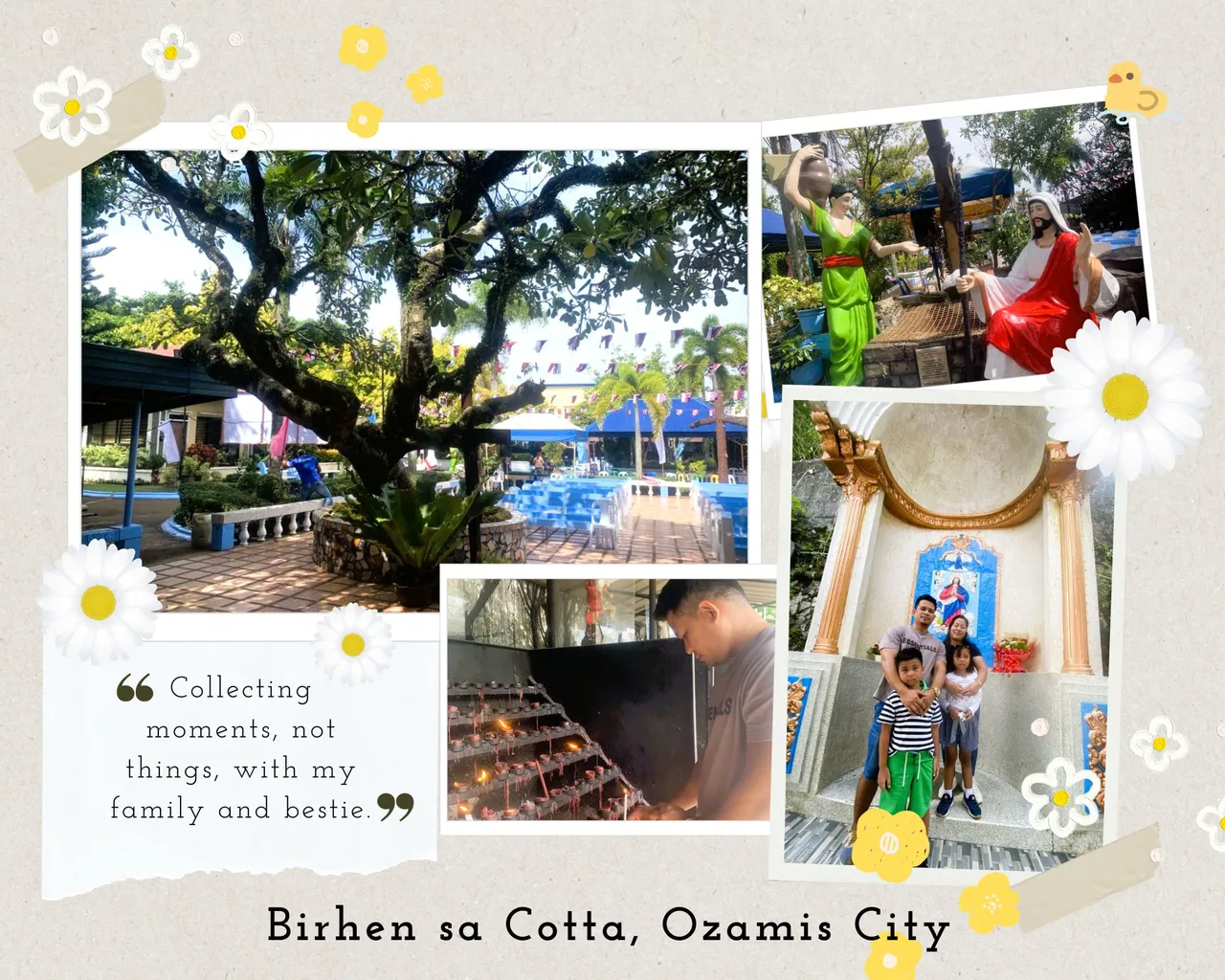
When we arrived at the shrine, we bought candles and offered our prayers. The place felt calm and quiet. Even the kids, who are usually loud and playful, were surprisingly quiet for a while. There was a special kind of peace there, the kind that makes you pause a while and breathe deeply.


We asked some of the caretakers about the story behind the Birhen sa Cotta. They were kind and shared some parts of the history. It made me realize how important this place is not just for Ozamiz but for many people who come to pray and reflect.
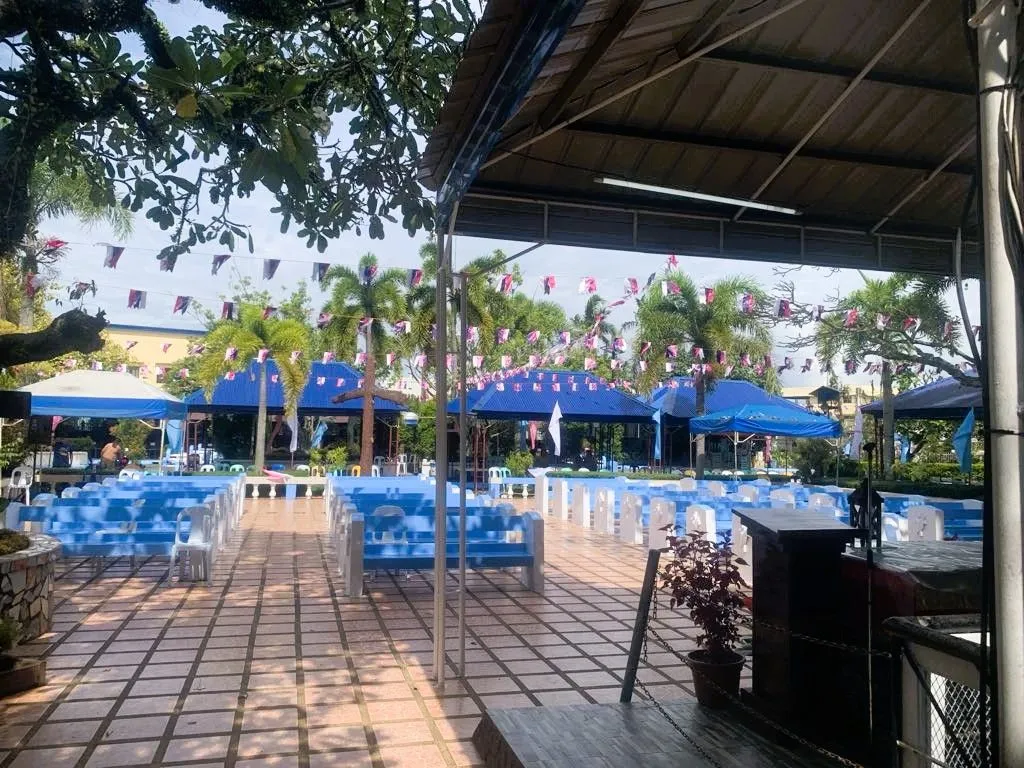

The statue was brought to Ozamiz in the mid‑1700s—between 1755 and 1768 and was originally placed in the wall of the Spanish-built Fuerte de la Concepción y del Triunfo (Cotta Fort) overlooking Panguil Bay.
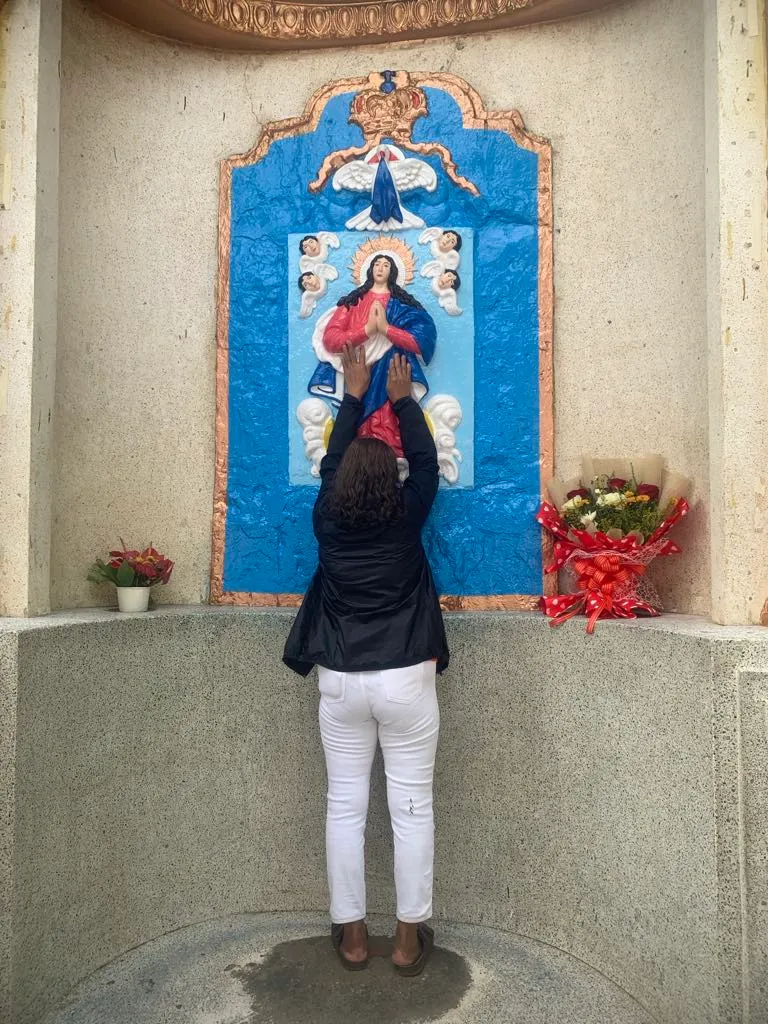
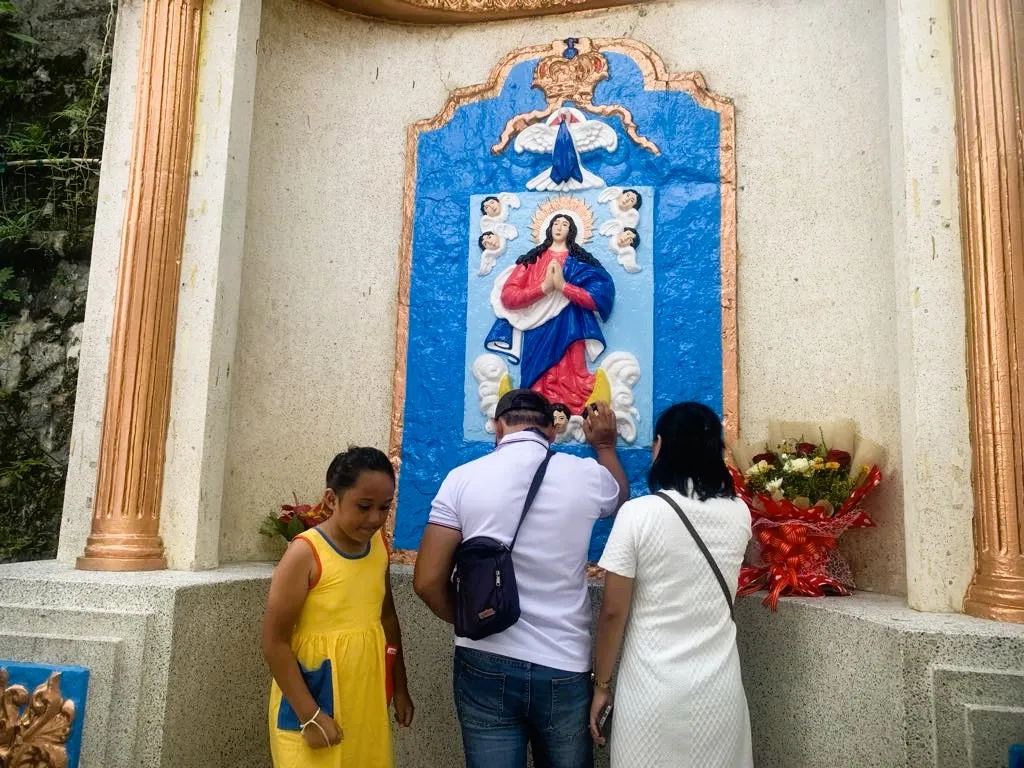
Devotees believe the image is miraculous. The bas-relief at the fort is said to have “grown” over time, and pilgrims come to light candles, pray, touch the carved Virgin, and ask for blessings

People say that the Virgin of the Fort (Birhen sa Cotta) helped protect the people of Ozamiz a long time ago, especially the Subanen tribe, who were the first people to live there. The story goes that when pirates or enemies tried to attack through Panguil Bay, something strange would happen, invaders would get confused or lost. Some say they even saw a bright light or a woman dressed in white standing on the fort’s wall. Because of that, the attackers would turn back or couldn’t find their way.
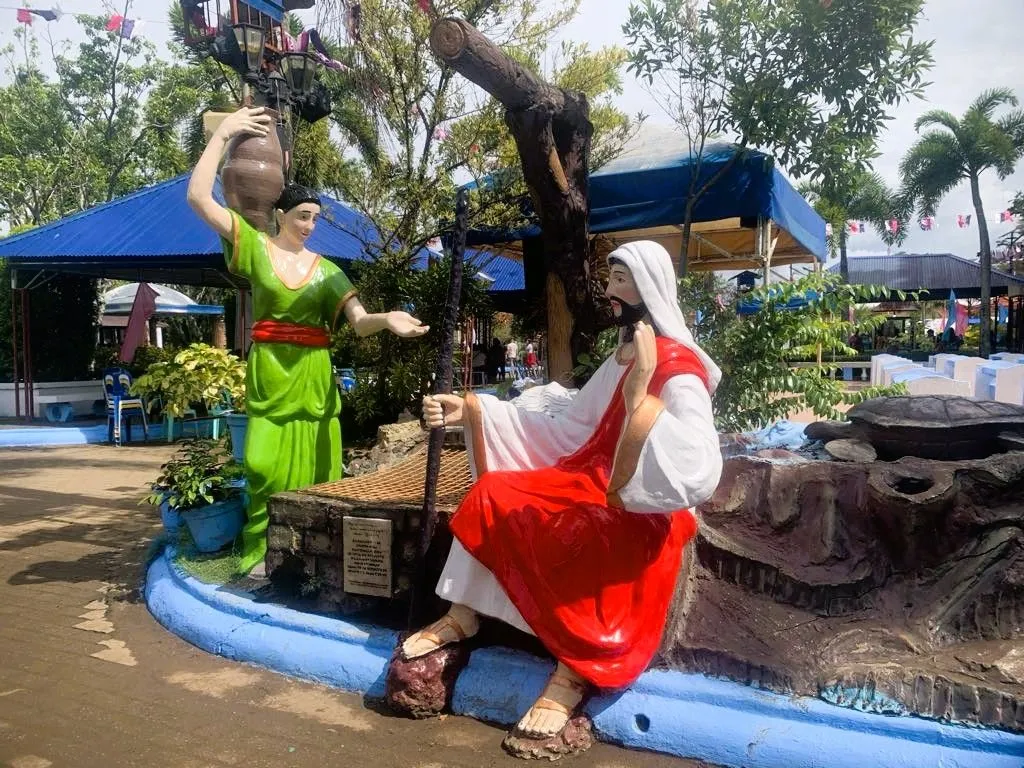

Many believe that it was the Virgin Mary who was watching over the city and keeping everyone safe, especially the Subanens who didn’t have much protection back then. The fort, which is called Fuerte de la Concepción y del Triunfo, was built by the Spanish not only to fight off pirates but also to help protect the local people.
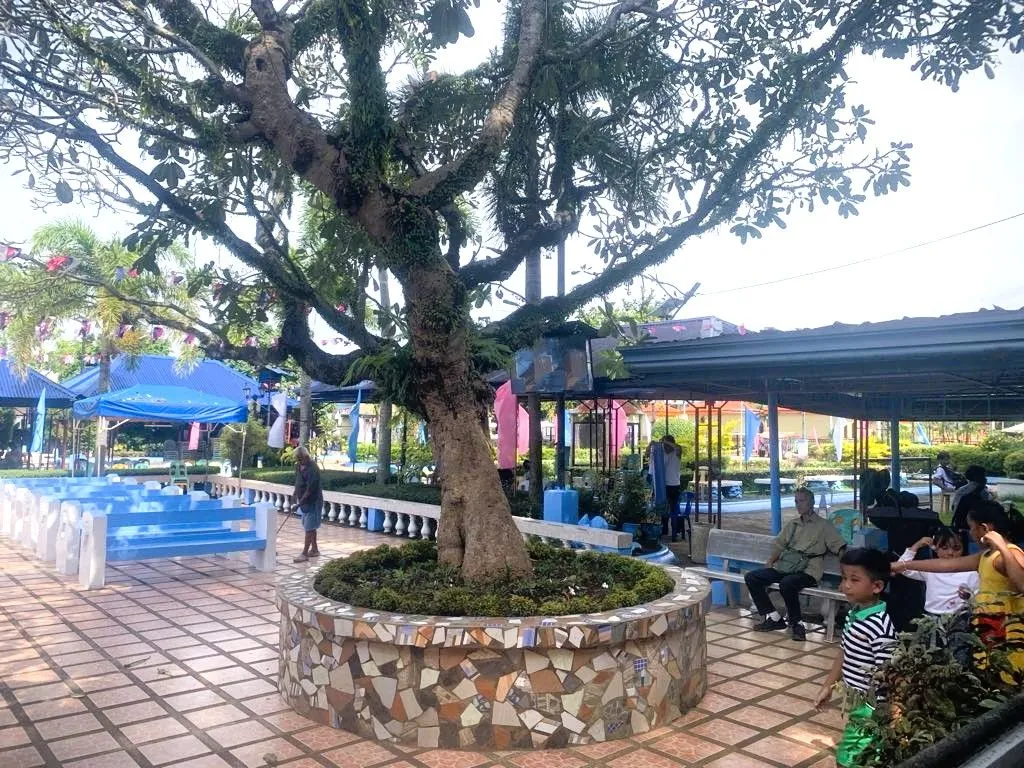

For the kids, it was their first time visiting. They had so many questions—about the fort, the big carving of the Virgin Mary, and why people touch the wall and pray. It was nice to see them curious about something spiritual and historical.

As of July 1, 2023, the shrine implements a dress code. No shorts or sleeveless attire are allowed during Mass. Non‑compliant individuals may be denied communion to maintain the holiness of the place.

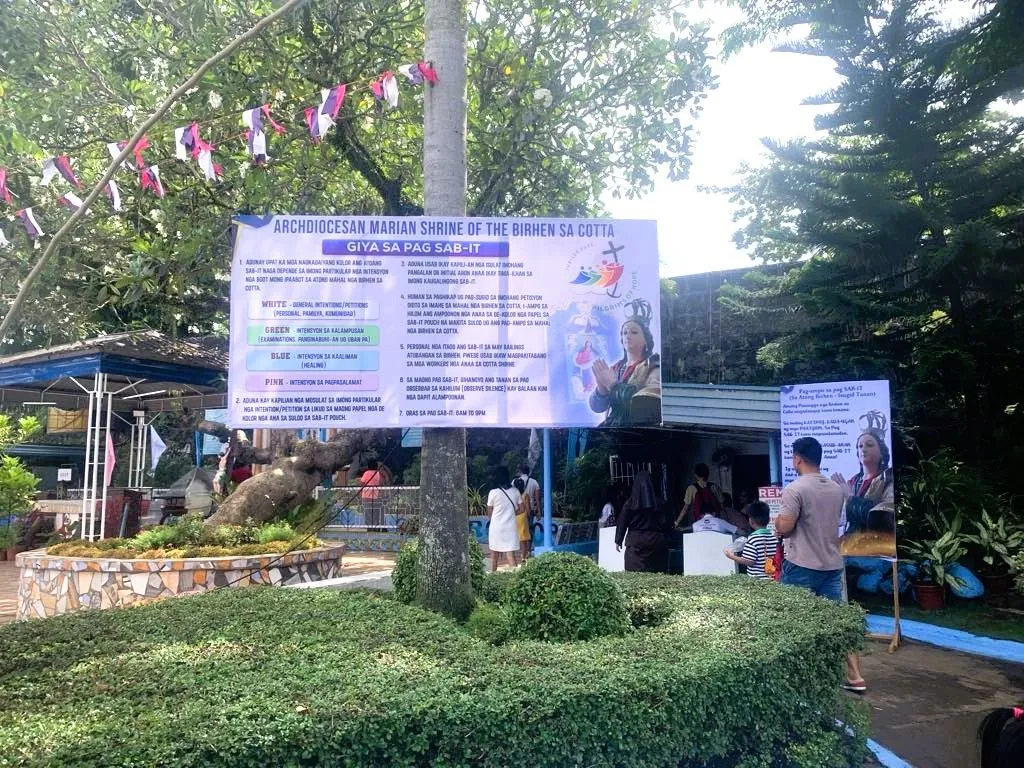
Before we left, they saw a man selling cotton candy near the entrance. Of course, we gave in. They ran around with sticky hands and smiles, enjoying their treat. It was such a simple joy.

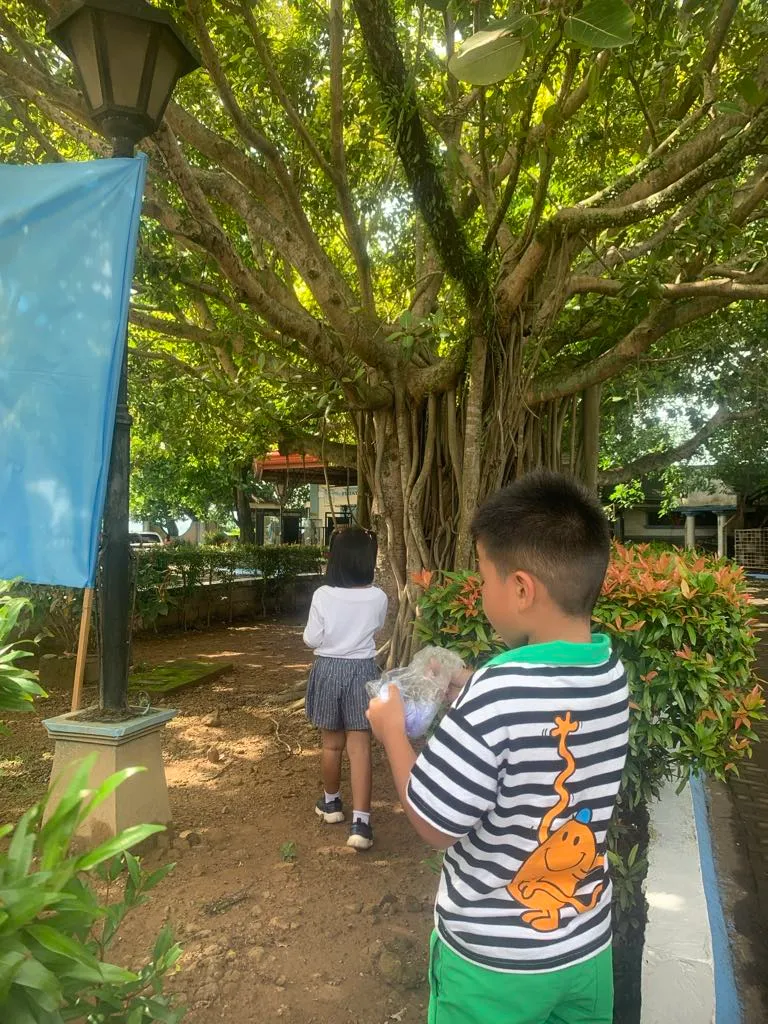
Looking back, I felt a mix of peace and nostalgia. It reminded me of the times I came here as a child, holding my own parents’ hands. Now I’m the one guiding my kids. I’m grateful we took the time to go.